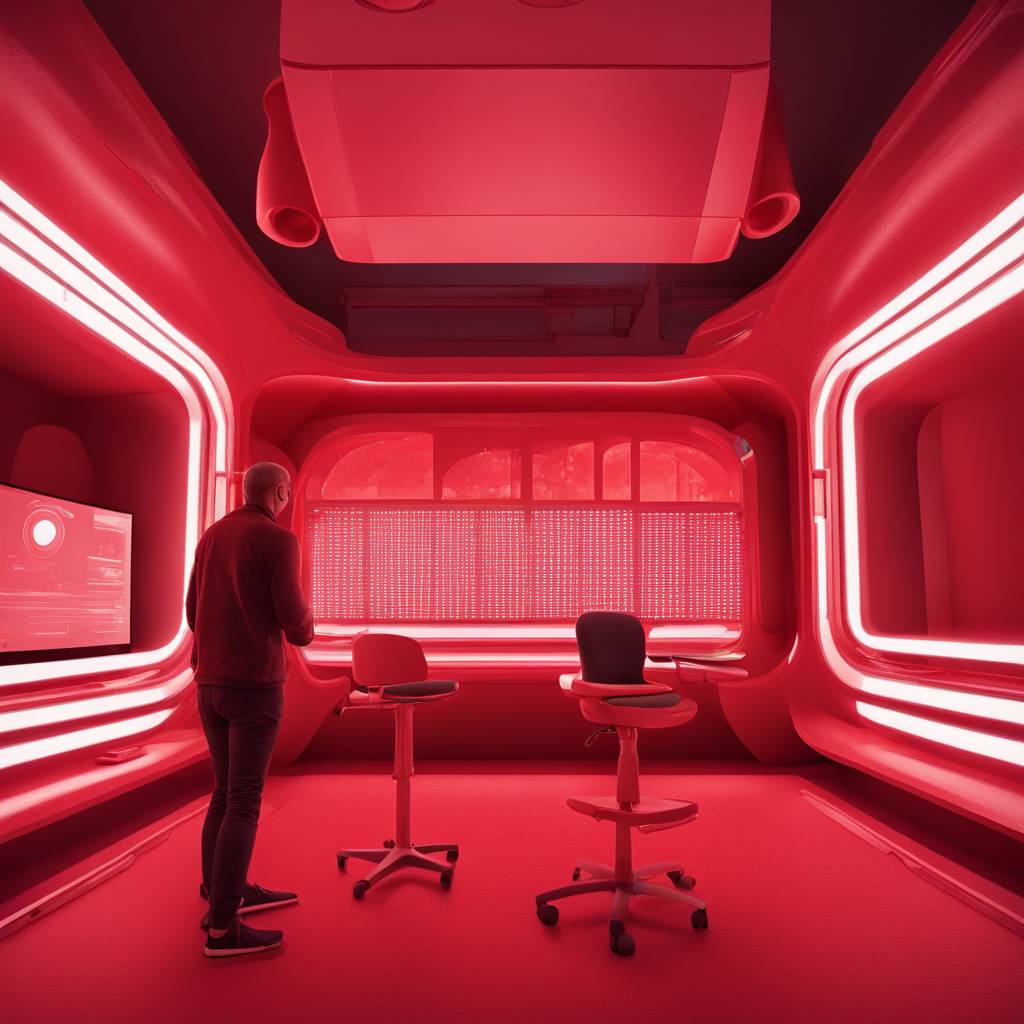Red light therapy has become a popular trend on social media, with influencers and celebrities praising its various health benefits such as improving acne, wrinkles, hair growth, and muscle recovery. Red light therapy exposes the skin to low levels of red or near-infrared light energy, which is believed to stimulate cell growth, reduce inflammation, regenerate tissue, boost collagen and elastin, and promote hair regrowth. The technology uses LED lights and lasers to treat various medical conditions. Red light therapy does not use UV rays, making it safer than other forms of light therapy that can cause DNA damage. Red light therapy devices include beds, panels, lamps, face masks, handheld wands, and helmets, and can be used in medical offices, spas, or at home.
Red light therapy has shown promise in treating a variety of conditions such as skin issues like acne, wrinkles, sun damage, scars, and skin elasticity. It promotes the production of collagen and elastin in the skin, stimulates growth factors, and helps rejuvenate the skin. In dermatology offices, red light therapy is used for photodynamic therapy to target pre-cancerous and sun-damaged cells. It is also used to speed up wound healing and improve scar thickness. Red light therapy is commonly used to treat hair loss in individuals with pattern baldness, as it can stimulate hair regrowth by prolonging the active growth phase of the hair cycle and releasing growth factors from surrounding cells. Research has shown that red light therapy is a safe and potentially effective treatment option for patients who do not respond to standard treatments for hair loss.
Many people use red light therapy as part of their exercise routine to reduce inflammation, relieve pain, and promote healing in muscles and nerves. Some studies have shown promising results for improving performance and aiding muscle recovery when red light therapy is applied before physical activity. However, more research is needed to confirm these benefits conclusively. While red light therapy has shown potential in treating various conditions, more research is needed to understand its effectiveness better. It is essential to use caution when making claims about its ability to treat specific conditions, and to consult a doctor before starting red light therapy, especially for pregnant individuals, children, cancer patients, and those with photosensitivity conditions.
Red light therapy is generally safe when used as directed, but there are potential risks and downsides to consider, such as tissue damage, eye damage, adverse skin reactions, interactions with medications, inconsistent results, and wasted money. It is crucial to follow device instructions and start with a low dosage, gradually increasing usage to about three times a week. Red light therapy should be seen as a complementary treatment rather than a standalone solution, and it is important to consult with a doctor before starting any new treatment. Despite the growing popularity of red light therapy, it is essential to do thorough research and consult a healthcare professional to ensure safety and effectiveness.













